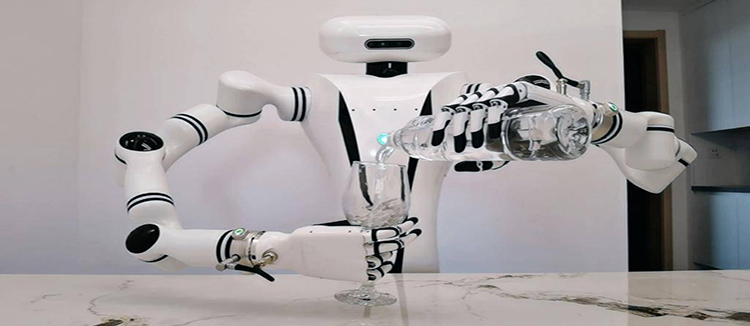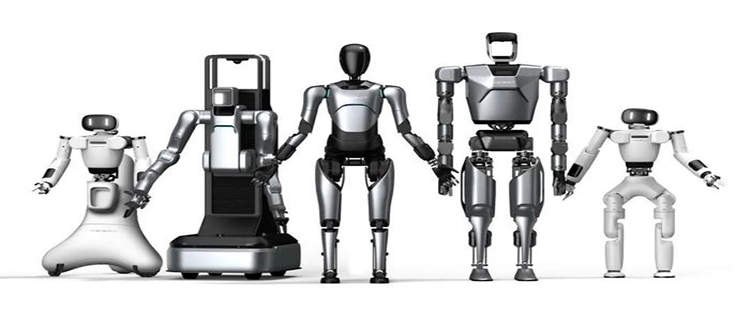Understanding the Role of Cam Indexers in Industrial Automation: A Comprehensive Guide
Cam indexers are integral components in the field of industrial automation, playing a crucial role in the precise positioning and indexing of workpieces within automated systems. These mechanical devices are designed to rotate a camshaft, which in turn moves a follower or a series of followers to specific positions in a controlled manner. Understanding the intricacies of Cam indexers is essential for anyone involved in the design, operation, or maintenance of automated machinery.
Cam indexers are known for their reliability and precision, which are critical in applications where repeatability and accuracy are paramount. They are commonly used in assembly lines, packaging machines, and other automated processes where parts need to be positioned accurately and repeatedly for processing or assembly.
The operation of Cam indexers is based on the interaction between the camshaft and the follower. The camshaft is a rotating part with a series of lobes or profiles that interact with the follower, causing it to move in a specific path. As the camshaft rotates, the follower moves up and down, translating the rotational motion into linear motion. This linear motion is used to position parts or tools within the automated system.
One of the key advantages of Cam indexers is their ability to provide high torque at low speeds, which is ideal for applications that require heavy loads to be moved with precision. Additionally, Cam indexers can be designed to have multiple indexing positions, allowing for complex motion profiles and sequences to be executed.

Cam indexers can be categorized into several types based on their design and application. The most common types include:
1. Single-Lobe Cam Indexers: These are the simplest form of Cam indexers, with a single lobe on the camshaft that interacts with the follower to provide indexing motion. They are suitable for applications requiring a single indexing position.
2. Multi-Lobe Cam Indexers: These Cam indexers have multiple lobes on the camshaft, allowing for multiple indexing positions. They are used in applications where parts need to be moved to several different positions in a sequence.

3. High-Speed Cam Indexers: Designed for high-speed applications, these Cam indexers can handle rapid indexing without sacrificing accuracy. They are often used in high-throughput production lines where speed is critical.
4. Heavy-Duty Cam Indexers: Built to handle heavy loads, these Cam indexers are designed for applications where the workpieces are heavy or require significant force to move. They are typically used in heavy industrial settings.
Cam indexers are also known for their versatility in terms of control. They can be controlled manually, through mechanical linkages, or via electronic systems. Modern Cam indexers often incorporate advanced control systems that allow for precise timing and synchronization with other components of the automated system.
Maintenance and reliability are also significant factors when considering Cam indexers. Due to their mechanical nature, Cam indexers are generally robust and require minimal maintenance. However, it is essential to ensure that they are properly lubricated and that wear parts are replaced as needed to maintain their performance and longevity.
In conclusion, Cam indexers are indispensable in the world of industrial automation. Their ability to provide precise and repeatable motion control makes them a popular choice for a wide range of applications. Understanding the different types, their operation, and the factors that affect their performance is crucial for anyone working with automated systems.










